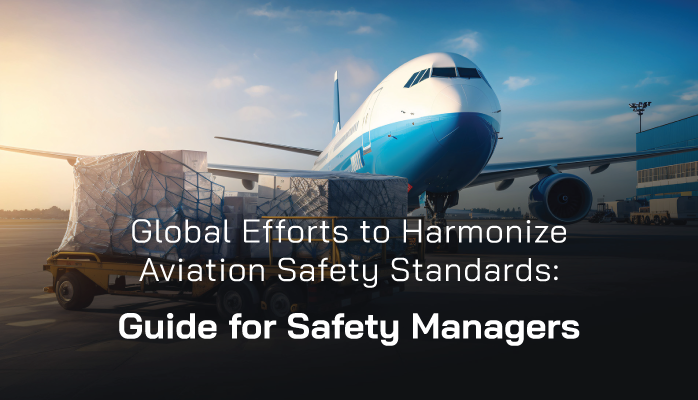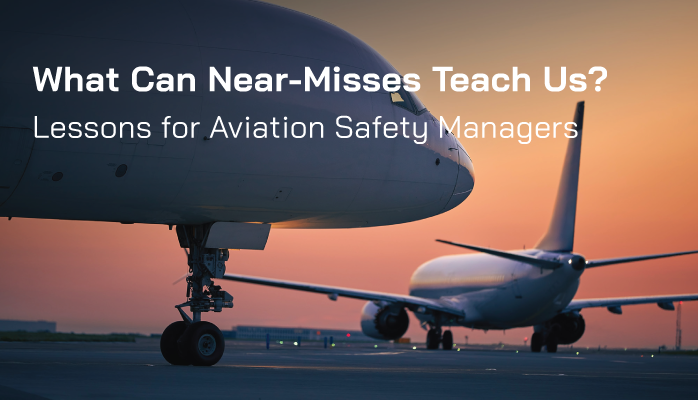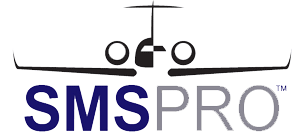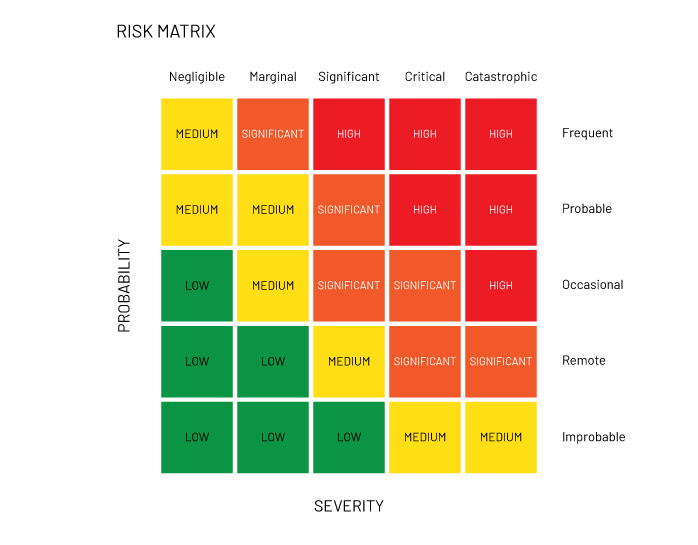As a new aviation safety manager, one of your most critical responsibilities is ensuring the safety of operations through a robust Safety Management System (SMS). A cornerstone of any effective SMS is the hazard assessment, a proactive process to identify, evaluate, and mitigate risks in aviation operations.
This guide will walk you through how to conduct a hazard assessment that complies with the regulatory frameworks of the Federal Aviation Administration (FAA), European Union Aviation Safety Agency (EASA), and International Civil Aviation Organization (ICAO).














